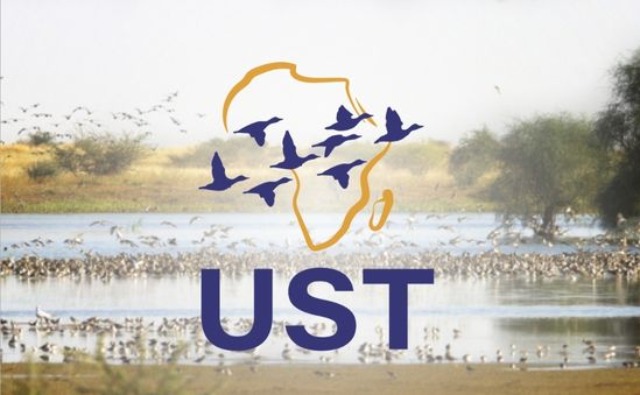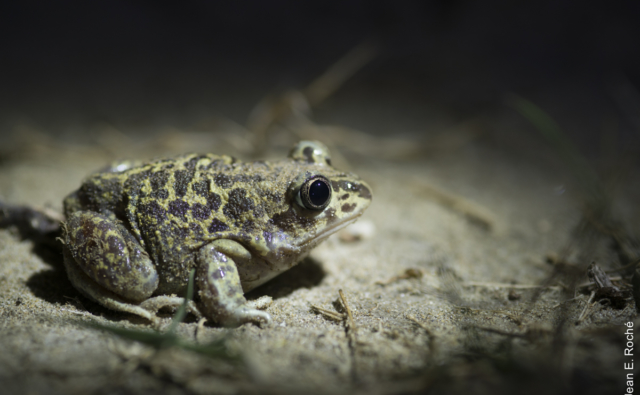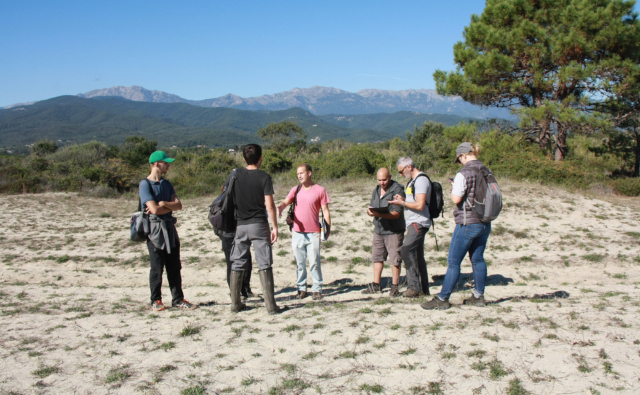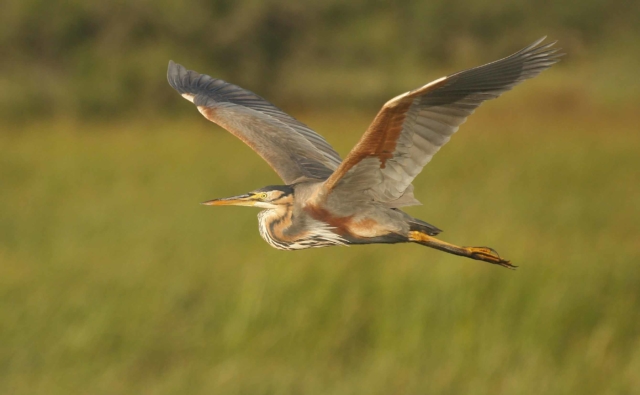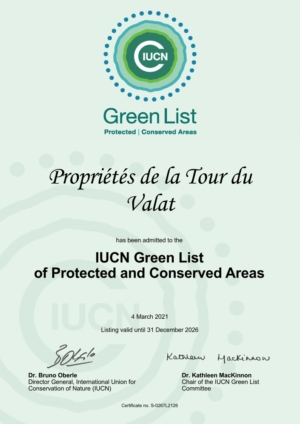 The International Union for Conservation of Nature (IUCN) has admitted ten new sites in Switzerland, France, Italy to the IUCN Green List of Protected and Conserved Areas, the global standard recognising the best-managed sites on the planet.
The International Union for Conservation of Nature (IUCN) has admitted ten new sites in Switzerland, France, Italy to the IUCN Green List of Protected and Conserved Areas, the global standard recognising the best-managed sites on the planet.
“The sites admitted to the IUCN Green List have distinguished themselves through exemplary management, fair governance and a long-term commitment to successful conservation,” said IUCN Director General Dr Bruno Oberle.
Seven of the newly-certified Green List sites are in France, increasing the country’s total to 22, the highest number in the world to date. The IUCN Green List now counts 59 sites in 16 countries around the world and the Tour du Valat Estate is now part of it.
Jean Jalbert, Director General of the Tour du Valat: “I am proud to join this still very small family of the best managed sites in the world. It is of course a recognition of the work that has been done for more than 65 years at the Tour du Valat, which is both a research center on wetlands in the Mediterranean and a vast site of about 2,700 ha on which we protect this biodiversity but also test how in practice to reconnect, to reconcile man and nature. ”
In addition to its role in conserving biodiversity, the Tour du Valat Estate is a unique site for conducting research, testing and developing agricultural and hunting activities that are compatible with preserving this exceptional biodiversity.
“On this domain, beyond the protection of this biodiversity, we attempt to show that it is compatible with various uses by experimenting different approaches, whether it is an agroecological project combining organic viticulture, orchards, livestock and optimizing the synergy between an agricultural system and natural environments, or the co-management of a 120-hectare marsh with the inhabitants of Sambuc, the village adjacent to the Tour du Valat,” added Jean Jalbert.
Sites on the IUCN Green List have demonstrated excellence based on a rigorous assessment against the IUCN Green List Standard of 17 criteria structured in four components: good governance, sound design and planning, effective management as well as successful conservation outcomes.
“We are glad that efficient management and good state of conservation of 7 new French sites have been recognized by the Green List Program! I have no doubt they will constitute inspirational sources and new references for future applicants. Diversity and richness of habitats, species, governance systems and protection status of French Continental and Overseas territories are now well represented by those 22 Greenlisted sites. They will very soon be engaged in the creation of the Francophone Green List network and globally contribute to the international influence of the Green List” said Jean-Philippe SIBLET, Attaché emeritus of the French Natural Museum of Natural History and EAGL Chair France.
Why is Tour du Valat Estate Green Listed?
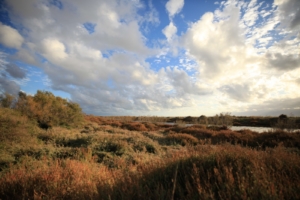
The Tour du Valat Estate covers a total area of 2649 ha in two different geographical areas located in the Camargue:
- The Tour du Valat Estate itself, near the village of Le Sambuc (city of Arles, Bouches-du-Rhône), covers 2548 ha, including 1845 ha listed as a regional nature reserve, 715 ha of agricultural parcels and buildings, the Verdier marshes, the Petit Badon Estate, and the Commanderie dunes;
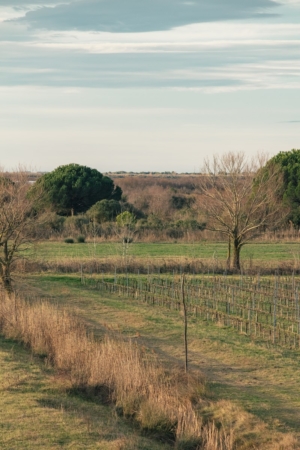
Petit Saint-Jean Estate ©Victor Picon/Victor&Simon - The Petit Saint-Jean Estate, situated in the part of the Camargue located in the Gard Department, covers 101 ha, and is about 30 kilometers further west, near the town of Saint-Laurent-d’Aigouze.
The Tour du Valat has a strong responsibility, because of the richness of its natural heritage and because of its mission and statutes, in terms of exemplarity and commitment to maintaining biodiversity on its estate. In addition to these responsibilities, the Tour du Valat’s vocation is to develop economic activities compatible with the high value of its natural heritage, and these activities should make it possible to cover part of the management costs. Finally, the Estate is also a site for experimentation in research projects and support for the development of activities that respect the natural heritage.
Key Achievements
Conservation
- Nearly 600 plant taxa including 23 protected species,
- 317 species of birds, of which 70 breed regularly,
- 13,000 wintering water birds on average, 1,600 species of invertebrates inventoried to date,
- More than 30 species registered on the IUCN red list of threatened species,
- More than 90% of habitats of community interest in the Regional Nature Reserve,
- Natural values are in good state of conservation and the various evaluations show that the objectives have been achieved,
- The Fondation Tour du Valat can count on a strong scientific community and knowledge associated to the area and working at an international level.
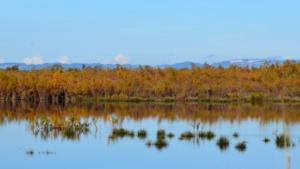
Good governance
- The concerted management of the Marais du Verdier illustrates a successful co-construction with and for the inhabitants of the territory. On this part of the estate (120 ha), the inhabitants of Sambuc, grouped together in the Association des Marais du Verdier, collectively manage this mosaic of Camargue wetlands by respecting the natural cycles and offering various uses (grazing, hunting, recreational activities). As Luc Hoffmann said about it:“The survival of these environments depends on their integration into everyday life: it is excluded to protect nature against Man but rather with him, and maybe even for him. (…) it is obvious that the only truly sustainable protection system is the one that associates the local population to the project. “
- Various ways of management and decision making are put in place by the Fondation Tour du Valat. Almost all IUCN Governance categories are applied.
- Local stakeholders and socio-professionals are involved in the site management. Some of those governance bodies and the overall articulation can be a source of inspiration for others.
Community benefits
- Local cultural activities such as agricultural practices, cattle farming, saltworks or hunting are maintained in some parts of the Domain.
- Hydrological regulation is an important matter in the area and actions are specifically implemented in regards to the various activities concerned.
